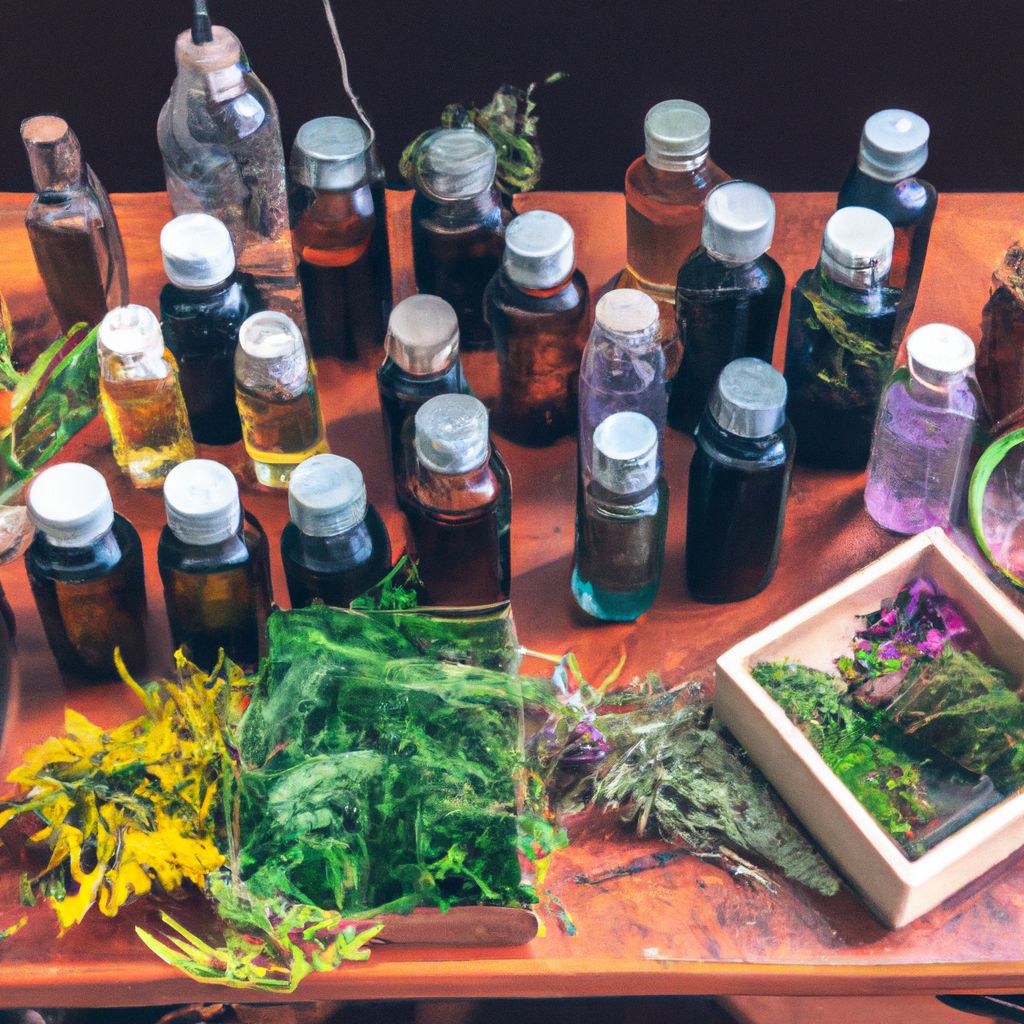- Introduction to Natural Perfumes
- The History of Perfume Making
- Why Choose Natural Fragrances
- Understanding Essential Oils
- Materials and Tools Needed for Perfume Making
- Basic Techniques in Perfume Making
- Step-by-step Guide to Making Your Own Perfume
- Tips for Creating Unique Fragrances
- How to Store and Preserve Your Perfume
- Safety Precautions in Perfume Making
- DIY Natural Perfume Recipes
- Exploring Different Scents and Their Effects
- Frequently Asked Questions about Natural Perfumes
- Conclusion
Introduction to Natural Perfumes
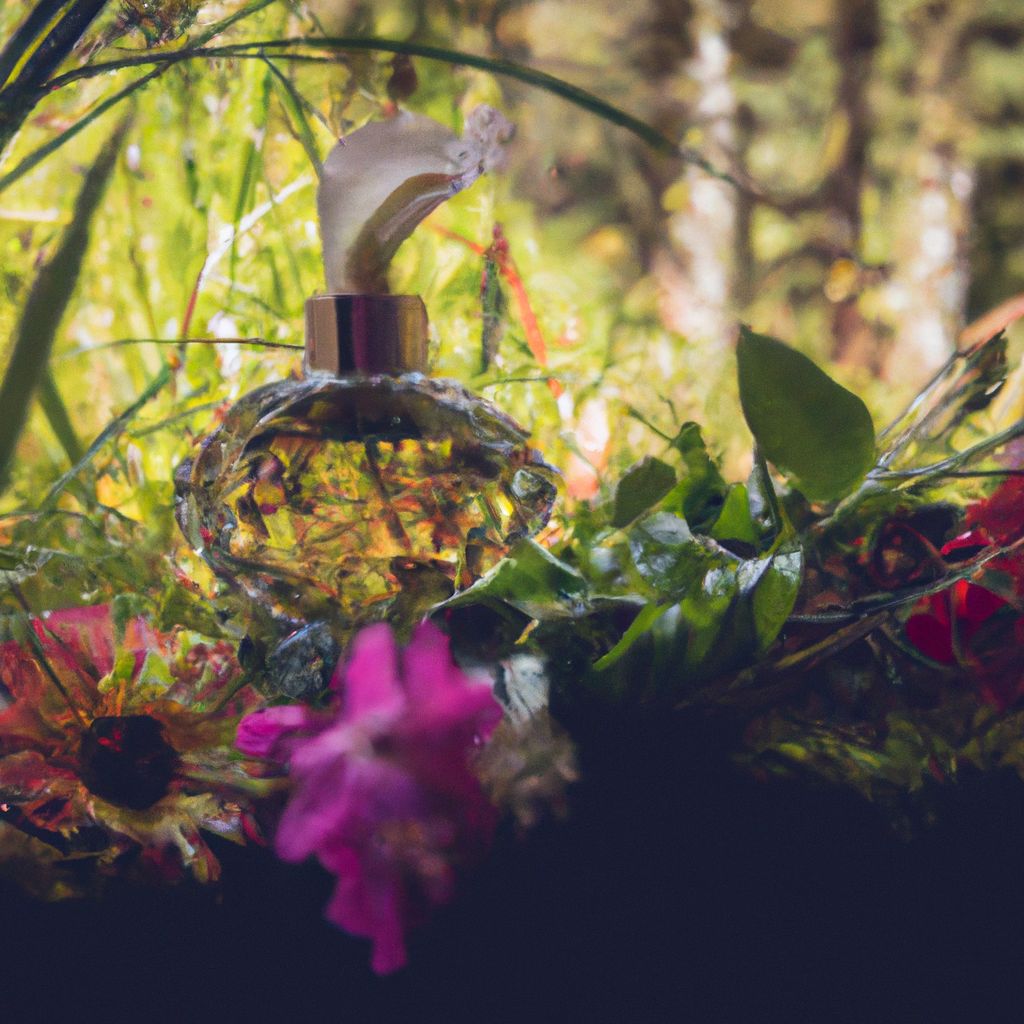
Natural perfumes have been a part of human civilization since ancient times, serving as a medium of expression, a status symbol, and a part of rituals. Today, the art and science of creating natural perfumes have become a sought-after skill, with more and more people embracing the charm of unique, personalized scents.
Natural perfumes are made from botanical ingredients like essential oils, absolutes, resins, and plant extracts. Unlike synthetic perfumes, they do not contain any artificial components or harmful chemicals, making them a healthier choice for many.
Their charm lies not just in their purity but also in their subtlety. Natural perfumes are usually not as overpowering as synthetic ones. They gently mingle with your body's natural scent, creating a unique aroma that is truly your own. Moreover, natural perfumes can have therapeutic effects, thanks to the natural therapeutic properties of the essential oils used in them.
Creating your own natural perfume can be a rewarding experience. It allows you to discover and experiment with different scent profiles, ingredients, and techniques. In this blog, we will guide you through the fascinating world of natural perfumery, providing you with practical steps to create your own scents, along with valuable tips and tricks.
The History of Perfume Making

The art of perfume-making dates back to ancient civilizations. The first recorded use of perfumes can be traced to the ancient Egyptians who used aromatic plants to create fragrant oils for religious ceremonies and personal use. They believed that these scents connected them to the gods. The word 'perfume' even comes from the Latin words 'per' and 'fumum', which means 'through smoke', referring to the ritual burning of fragrant herbs.
The ancient Greeks and Romans also valued perfumes. They used it in public baths and for personal grooming. During this time, perfume-makers began to experiment with different ingredients, leading to a wider variety of scents. The process of distillation, which is crucial in modern perfume-making, was also discovered during this period.
In the Middle Ages, the art of perfume-making flourished in the Middle East. Arab chemists developed methods for extracting oils from flowers, introducing the use of liquid fragrances. This innovation later spread to Europe during the Crusades. By the 14th century, France, particularly the city of Grasse, had become a major center of perfume production, a status it holds to this day.
The 18th and 19th centuries saw the birth of modern perfumery with the development of synthetic compounds. This allowed for the creation of scents that did not exist in the natural world. Today, the perfume industry is a global multi-billion dollar business, combining both natural and synthetic ingredients to create a vast array of fragrances.
Why Choose Natural Fragrances
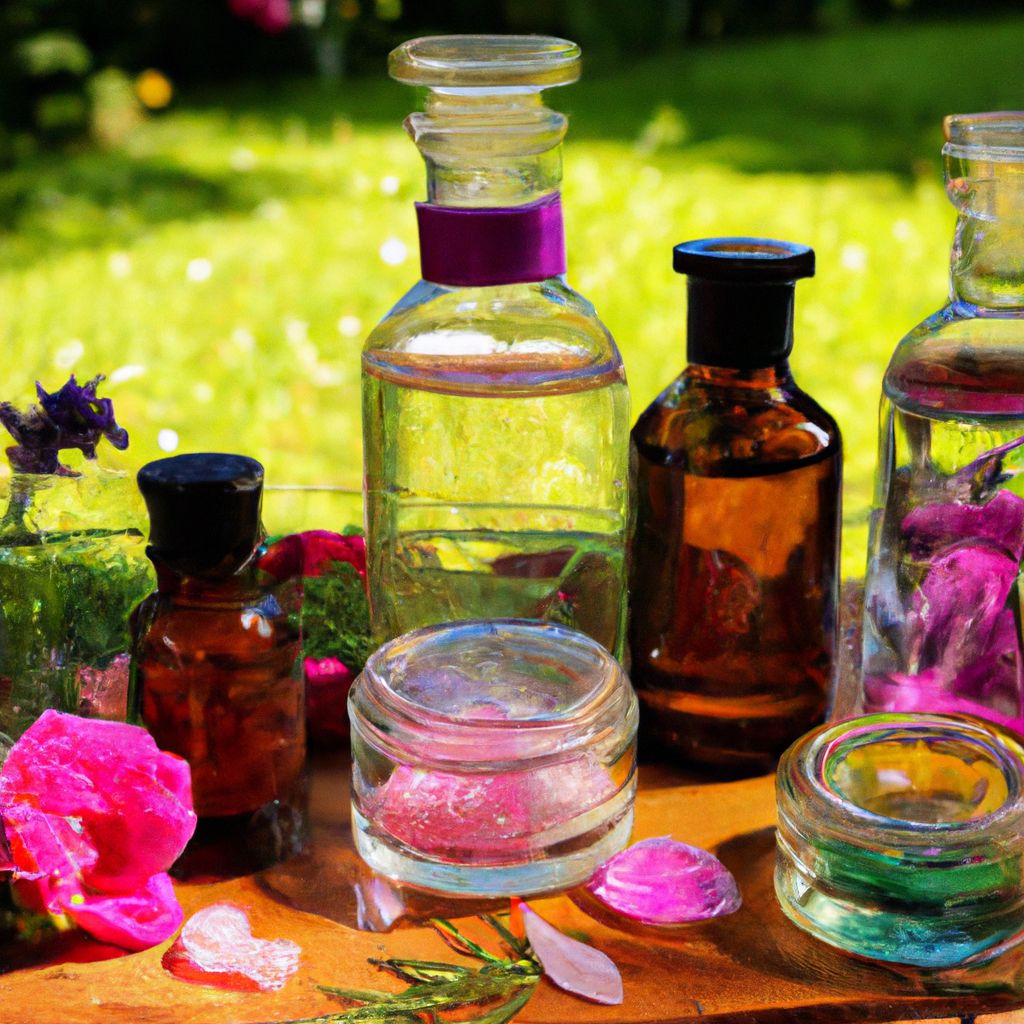
Choosing natural fragrances over synthetic ones can make a significant difference not only to your personal health but also to the environment. Here are some reasons why you should consider switching to natural perfumes:
- Safety: Natural fragrances are free from harmful chemicals and synthetic compounds that can cause skin irritations or allergies. They are safer to use, especially for those with sensitive skin.
- Health Benefits: Natural fragrances often have therapeutic properties. Essential oils used in them can have calming, uplifting, and energizing effects on your mood.
- Eco-Friendly: Unlike synthetic fragrances, natural perfumes are biodegradable and do not contribute to pollution. They are derived from renewable resources and do not harm the environment in their production process.
- Unique Scents: Natural fragrances have a unique depth and complexity that synthetic scents can't match. Each natural perfume is unique due to the variations in the crops each year.
By choosing natural fragrances, you're not only opting for a healthier lifestyle but also contributing to a sustainable future.
Understanding Essential Oils
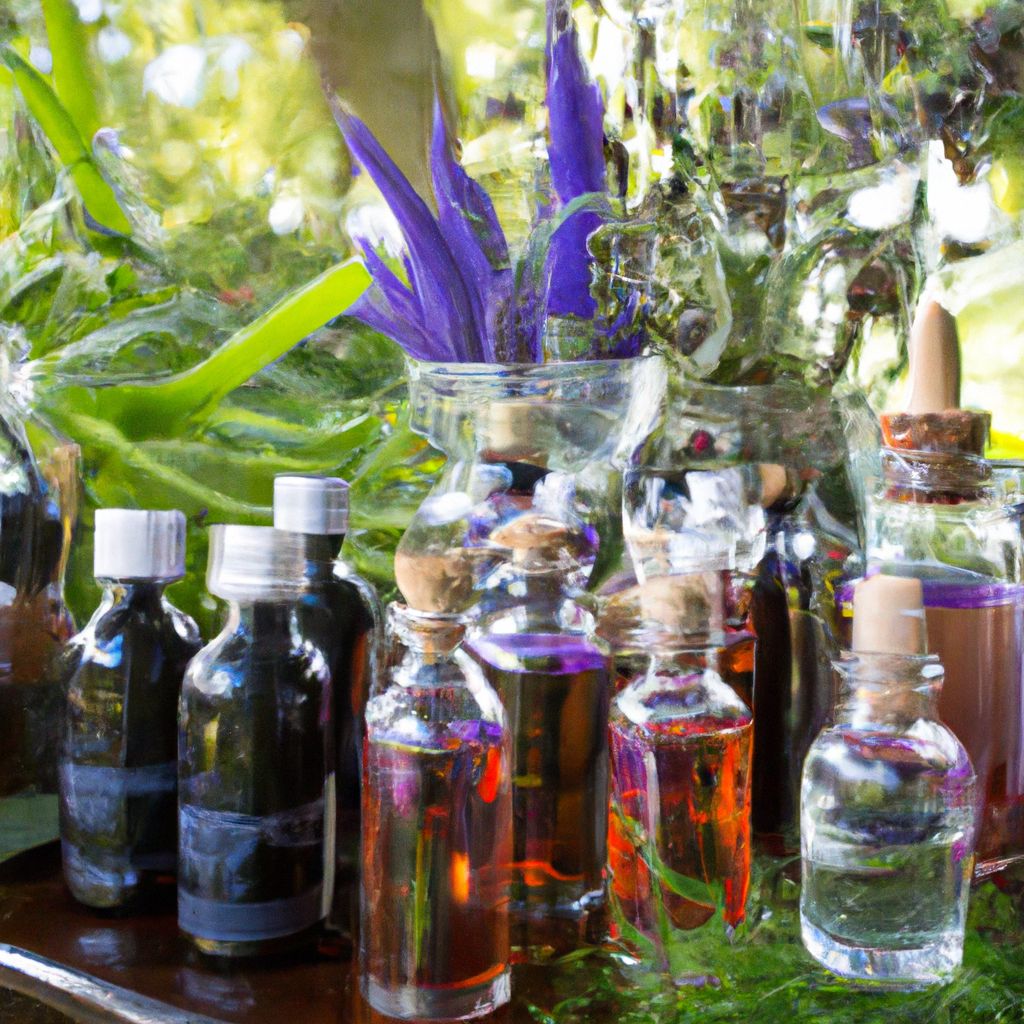
Essential oils are concentrated plant extracts that retain the natural smell and flavor, or "essence," of their source. They have been used for centuries in various cultures for their medicinal and health benefits. Essential oils are primarily extracted through steam distillation, but methods such as cold press extraction are also used.
When planning to create your natural perfume, it's essential to understand the three fragrance notes that make up the structure of a perfume: top note, middle note (also known as heart note), and base note.
- Top Note: This is the initial scent you smell when you first apply your perfume. It's the most volatile of the three notes, meaning it evaporates quickly. Citrus, light fruits, and herbs are commonly used top notes.
- Middle Note (Heart Note): The middle note is the core of the perfume. It lasts longer than the top note, and it starts to appear once the top note has evaporated. Common middle notes are heavier fruits, spices, and some flowers.
- Base Note: The base note is the final fragrance note that appears. It lasts the longest on the skin. Common base notes are woods, resins, and musks.
When crafting your perfume, you'll want to choose a combination of top, middle, and base notes that work together harmoniously. Remember that everyone's skin chemistry is different, so a perfume that smells wonderful on one person might smell different on another. Experimentation is key!
Lastly, it's important to mention that essential oils are potent. They should always be diluted before applying them to the skin to avoid irritation. The usual method is to dilute them in a carrier oil, like jojoba or sweet almond oil.
Materials and Tools Needed for Perfume Making
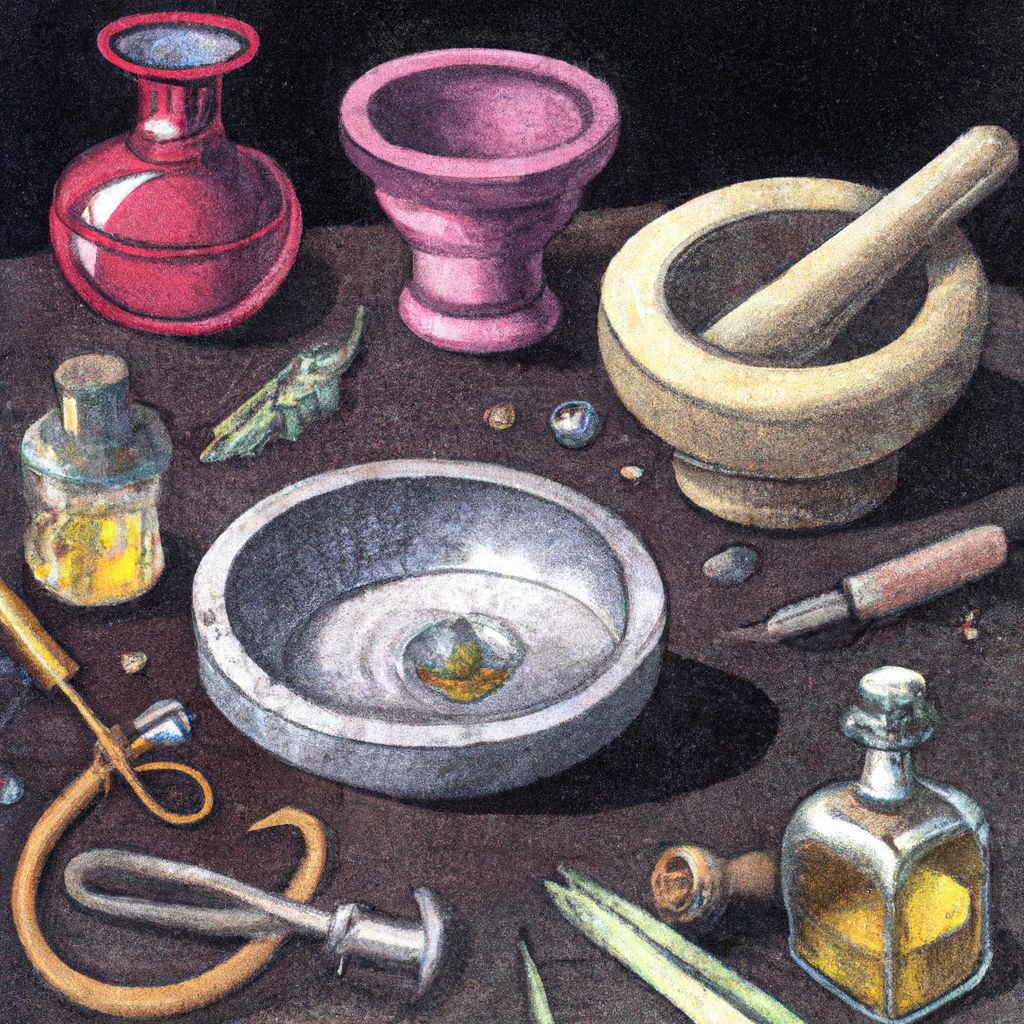
Before you start creating your own natural perfumes, it's essential to gather all the necessary materials and tools. Here's a list of what you'll need:
- Essential Oils: These are the heart of your homemade perfume. They provide the aroma and therapeutic properties. You might prefer floral oils like rose or jasmine, or maybe something more earthy like sandalwood or patchouli. Experiment with different oils to find what works best for you.
- Carrier Oil: This is used to dilute the essential oils and make them safe for skin application. Common carrier oils include jojoba oil, almond oil, and grape seed oil.
- Alcohol: High-proof, unflavored alcohol like vodka helps to blend the oils and carry the scent. If you prefer an alcohol-free perfume, you can use distilled water or witch hazel instead.
- Glass Containers: Perfume should be stored in glass containers to maintain its purity. You'll need small, dark-colored glass bottles for the finished product, as well as larger containers for mixing.
- Pipettes/Droppers: These tools help measure and mix the oils accurately.
- Labels and Pen: You'll want to keep track of what's in each blend, so don't forget to label your creations.
- Gloves and Safety Goggles: Safety first! Essential oils can be irritating to the skin and eyes, so it's important to protect yourself.
Once you have all your materials and tools ready, you're set to start crafting your own unique fragrances!
Basic Techniques in Perfume Making
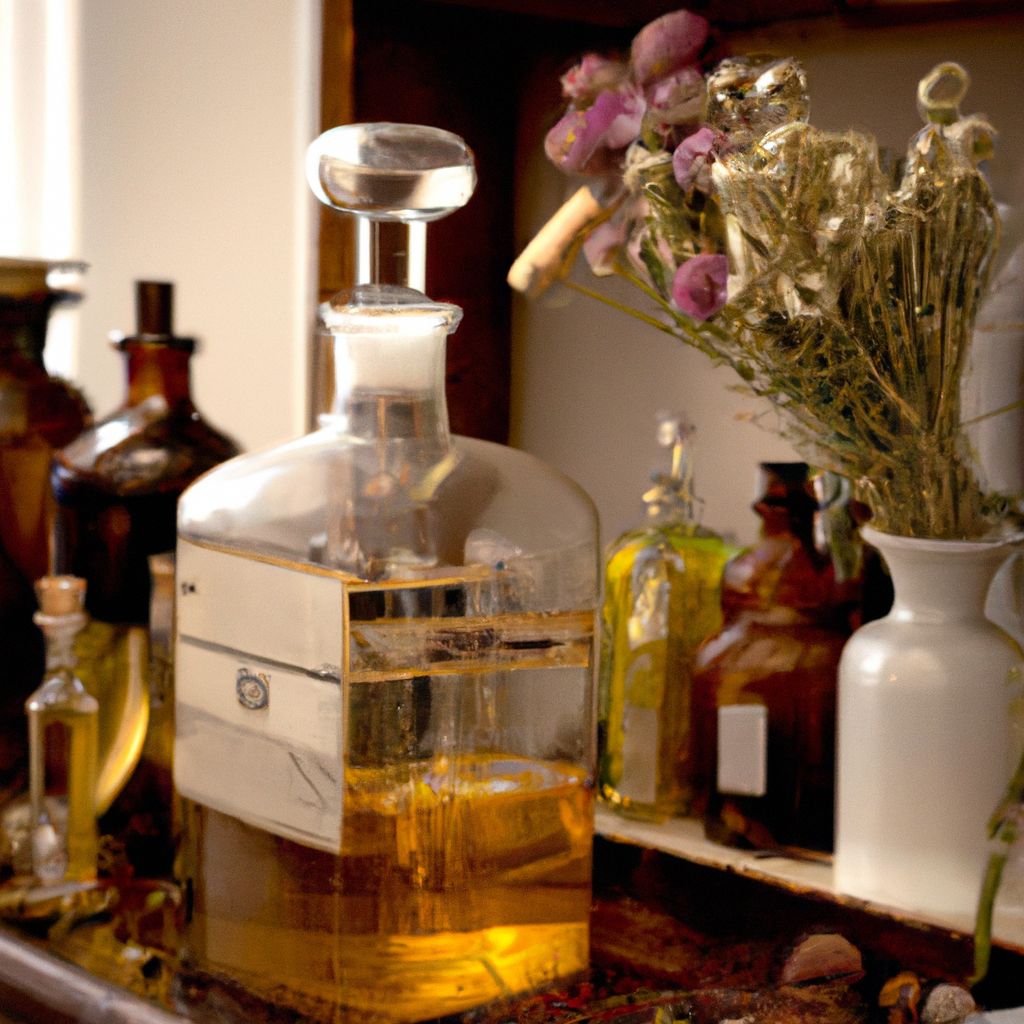
Creating your own perfume can be an exciting and fulfilling endeavor. When it comes to perfume making, there are several essential techniques that you need to understand. These basic techniques will help you to craft your own unique fragrances that not only smell wonderful but are also free from harmful chemicals.
- Blending: This is the process of combining various essential oils to create a unique fragrance. The key to successful blending is understanding the properties of different essential oils and how they interact with each other. It's crucial to start small, with just a few drops of each oil, and gradually increase until you achieve the desired scent.
- Dilution: Essential oils are highly concentrated and must be diluted before they can be used in perfume making. The most common diluting agents are alcohol and carrier oils. Alcohol helps to distribute the scent, while carrier oils help to soften the overall fragrance and make it last longer on the skin.
- Aging: After blending and diluting, the perfume needs to be aged. This process allows the different components of the fragrance to meld together, resulting in a more rounded and complete scent. Depending on the ingredients used, aging can take anywhere from a few days to several months.
- Testing: This is the final step in perfume making. It's important to test your perfume on your skin to see how it reacts with your body chemistry and how the scent evolves over time. Remember, a perfume may smell different on each person, so it's important to test it on the person who will be wearing it.
Mastering these basic techniques in perfume making can open up a world of possibilities for creating your own personalized scents. It's a creative and rewarding process that allows you to express your individuality and style.
Step-by-step Guide to Making Your Own Perfume
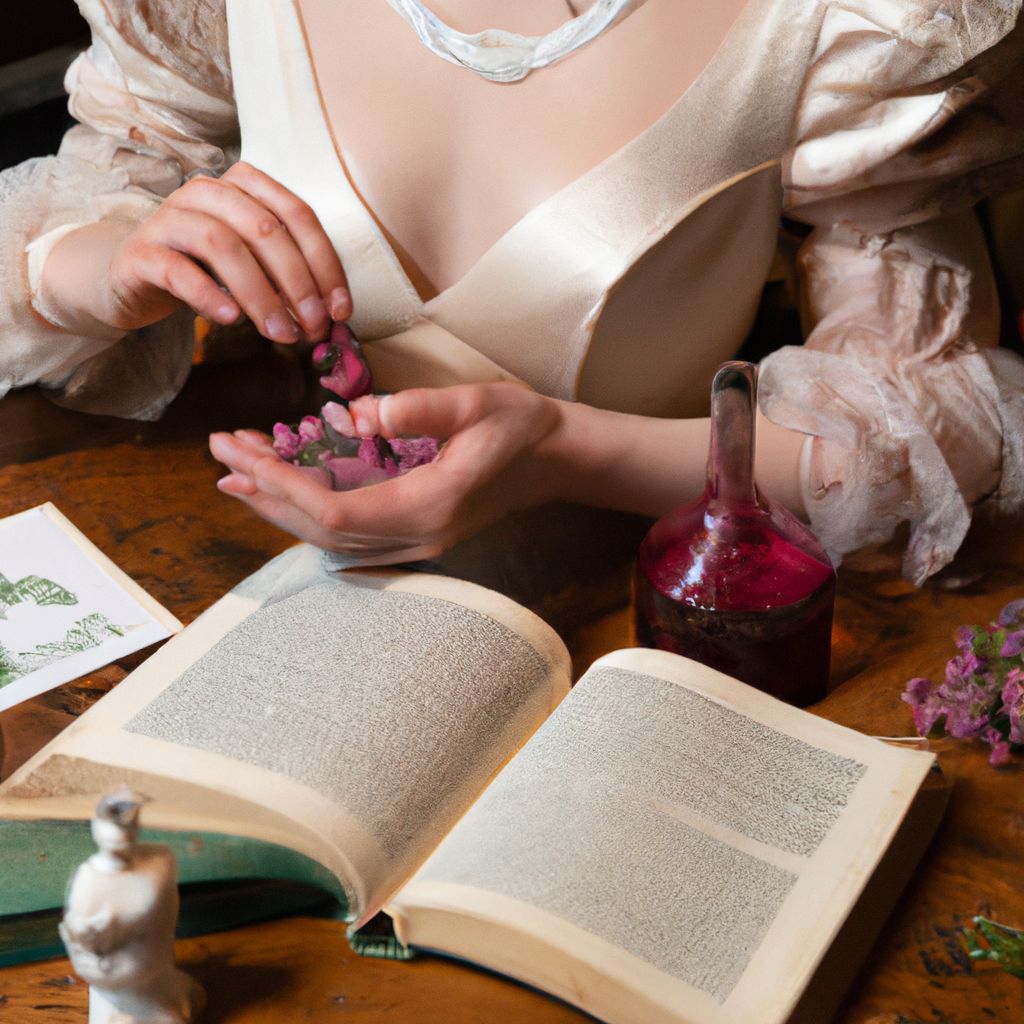
Creating your own perfume is a rewarding endeavor that allows you to express your personal style and creativity. Here's a step-by-step guide to help you craft your own unique fragrance.
- Gather Your Materials: You will need essential oils for the base, middle, and top notes of your perfume, a carrier oil like jojoba or sweet almond oil, a dark glass bottle for storing your perfume, and alcohol (vodka or pure grain alcohol).
- Choose Your Scent Notes: Base notes are the foundation of your perfume and last the longest on your skin. Middle notes make up the body of the blend, while top notes are the most volatile and evaporate quickly. Choose essential oils that reflect your desired fragrance.
- Blend Your Oils: Start by adding your base note oils to the bottle, followed by the middle note oils, and finally the top note oils. A general rule of thumb is to use a ratio of 30% top notes, 50% middle notes, and 20% base notes.
- Add Your Carrier Oil: Fill the remainder of the bottle with your chosen carrier oil. This dilutes the essential oils and creates a balanced fragrance.
- Add Alcohol: The alcohol helps to merge the oils and carry the scent. Add the alcohol to the bottle and mix well.
- Let it Mature: Allow your perfume to sit in a cool, dark place for at least a month. This allows the scents to meld together and mature, creating a more nuanced fragrance.
- Test Your Perfume: After the maturation period, test your perfume on your skin to see how it reacts with your body chemistry and if any adjustments need to be made.
Remember, making perfume is an art, so feel free to experiment with different scents and proportions until you find a blend that you love.
Tips for Creating Unique Fragrances
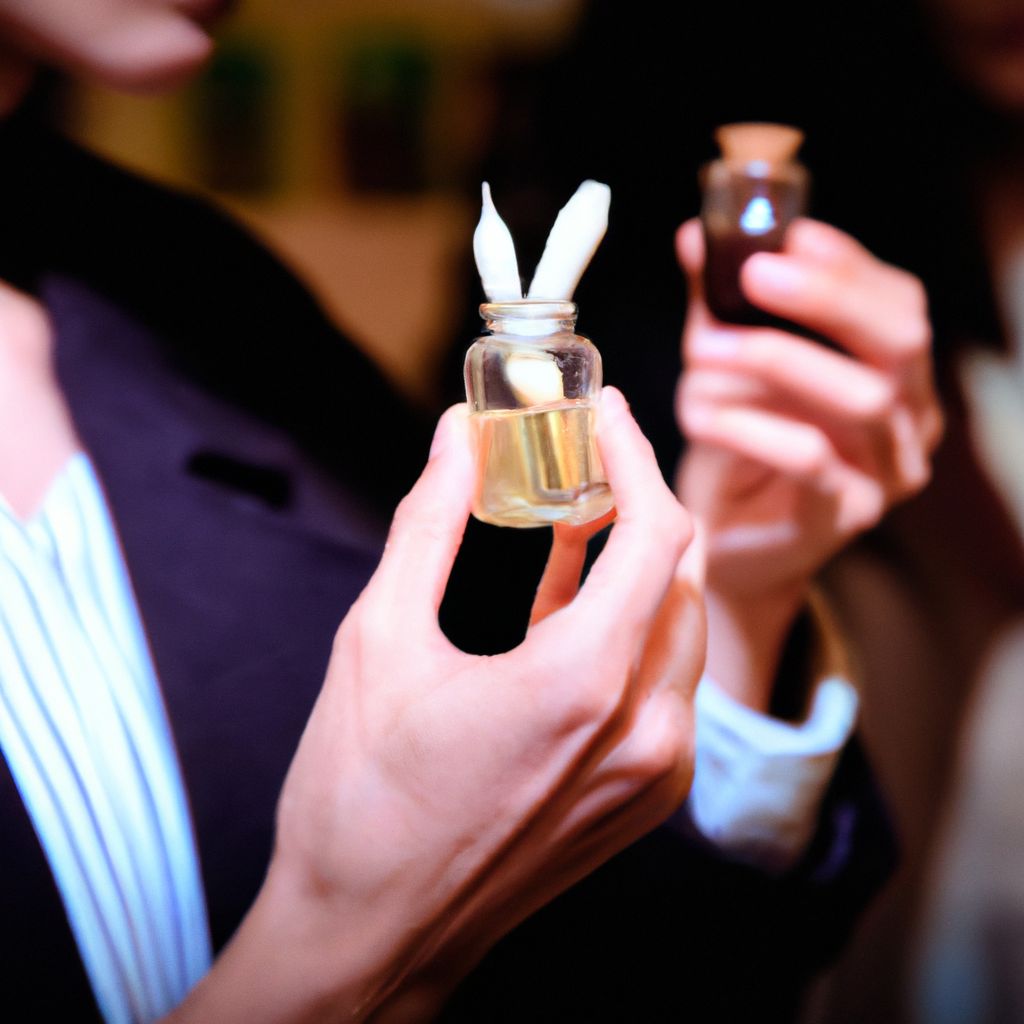
Creating a unique fragrance is an art. It combines a good understanding of different scent profiles, a knack for imagination, and an element of trial and error. Here are a few tips to assist you in crafting your very own unique perfume:
- Understand the Basics: Recognize that fragrances have three notes - top, middle, and base. The top note is the first scent you smell, the middle note is the body of the scent, and the base note is the final aroma that lingers.
- Choose High-Quality Ingredients: The quality of your perfume will depend on the quality of the ingredients you use. Always choose high-quality, natural ingredients for the best results.
- Experiment with Different Combinations: Don't be afraid to experiment with different scent combinations. Sometimes the most unique fragrances come from unexpected combinations.
- Patience is Key: Remember, creating a unique fragrance takes time. Allow your perfume to rest for a few weeks after mixing to let the scents meld together properly.
- Keep Detailed Notes: Keep track of what you're doing. Note down every ingredient and the quantity used. This will help you recreate your favorite combinations and understand what works and what doesn't.
- Trust Your Nose: Ultimately, the best judge of a fragrance is your nose. Trust your instinct and make adjustments based on what smells best to you.
With practice and patience, you'll be able to create beautiful, unique fragrances that truly represent your personal style and taste.
How to Store and Preserve Your Perfume
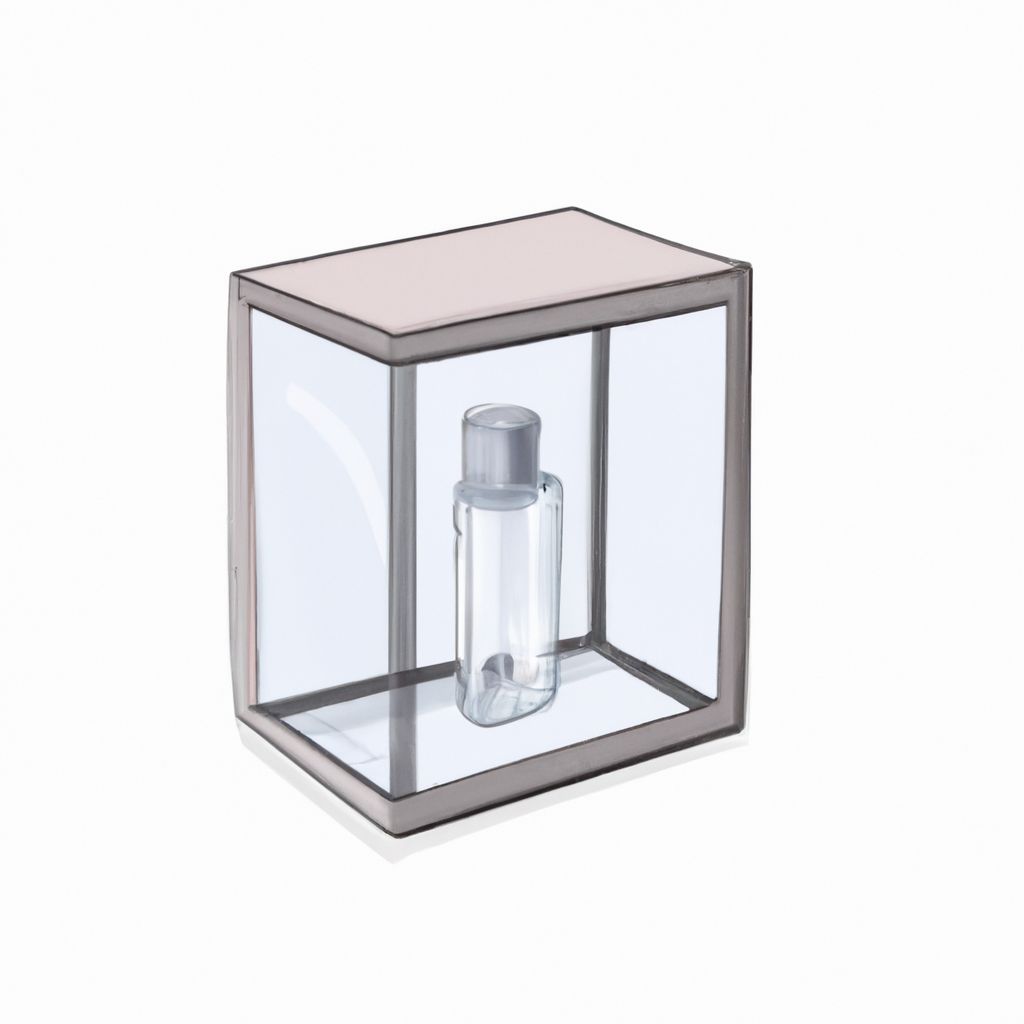
Storing and preserving your self-made natural perfumes is just as important as crafting them. Proper storage can significantly prolong their shelf life, maintaining the fragrance quality longer. Here are the steps to ensure your perfumes stay fresh and aromatic for as long as possible:
-
Choose the Right Container:
Dark-colored glass containers like amber or cobalt blue bottles are the best choice for storing homemade perfumes. They protect your perfume from light, which can degrade the quality of the fragrance over time. Avoid using plastic containers as they can react with the essential oils.
-
Store in Cool, Dark Place:
Heat and light can cause your perfume to deteriorate faster. Thus, always store your perfume in a cool, dark place away from direct sunlight and heat sources like radiators or heaters.
-
Avoid Temperature Fluctuations:
Try to keep your perfume at a consistent temperature. Frequent changes in temperature can accelerate the degradation process, causing your perfume to lose its fragrance sooner.
-
Keep Away from Moisture:
Humidity or moisture can ruin the quality of your perfume. Ensure your storage area is dry and well-ventilated.
-
Seal Tightly:
Always close the cap or lid of your perfume bottle tightly after each use. This prevents the fragrance from evaporating and exposure to air which can lead to oxidation.
By following these guidelines, you can ensure that your homemade perfumes last longer and remain as fragrant as the day you created them.
Safety Precautions in Perfume Making
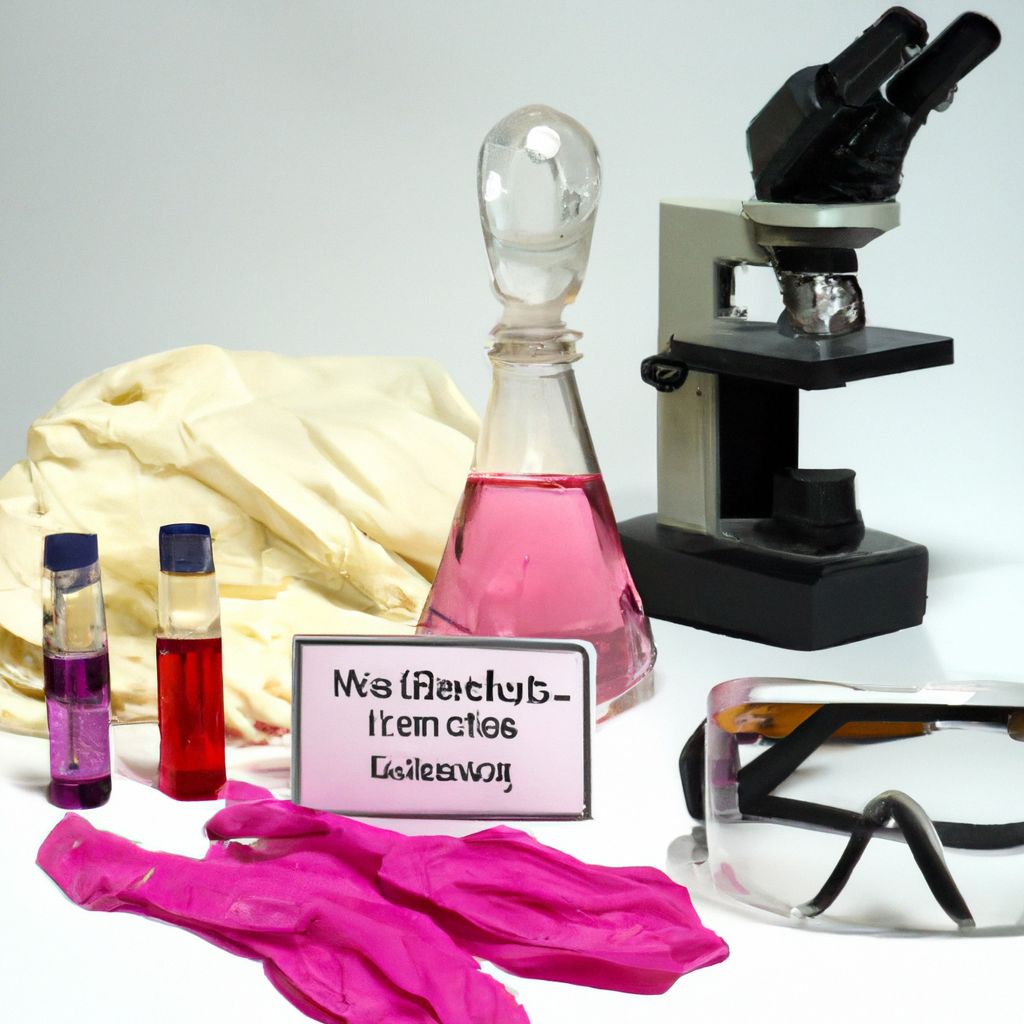
Perfume making, especially when it involves natural ingredients, can be a delightful and rewarding hobby. However, as with any craft that involves the use of chemicals, certain safety precautions should be adhered to. Here are some tips to keep you safe while you create your special scents.
- Protective Gear: Always wear protective gear, such as gloves and safety glasses, when mixing your ingredients. Some essential oils can cause skin irritation or damage your eyes.
- Ventilation: Make sure your work area is well-ventilated. Inhaling concentrated essential oils can cause headaches or other health issues. Open windows or use a fan to ensure proper air circulation.
- Safe Storage: Store your materials properly. Keep essential oils, alcohol, and other ingredients in tightly sealed containers away from sunlight, heat, and the reach of children and pets.
- Proper Disposal: Dispose of waste materials properly. Never pour leftover essential oils or alcohol down the drain as they can harm the environment.
- Never Ingest: Never ingest your perfume ingredients. Some essential oils can be toxic if swallowed.
- Follow Recipes: Especially for beginners, it's recommended to follow perfume recipes until you have a good understanding of the ingredients and their proportions.
By following these safety tips, you can ensure that your perfume crafting is not only enjoyable, but safe as well.
DIY Natural Perfume Recipes

Creating your own natural perfume can be an exciting and rewarding experience. By combining various essential oils, you can create a unique scent that best suits your personality and taste. Below are some simple DIY natural perfume recipes that you can try at home.
1. Citrus Burst
- 10 drops of Lemon essential oil
- 10 drops of Sweet Orange essential oil
- 5 drops of Grapefruit essential oil
- 2 drops of Bergamot essential oil
- Carrier oil (like Jojoba or Sweet Almond oil)
Add the essential oils to a 10ml roller bottle, then fill it up with your chosen carrier oil. Roll between your hands to mix the oils.
2. Floral Dream
- 8 drops of Lavender essential oil
- 7 drops of Ylang Ylang essential oil
- 4 drops of Chamomile essential oil
- 2 drops of Rose essential oil
- Carrier oil (like Jojoba or Sweet Almond oil)
Add the essential oils to a 10ml roller bottle, then fill it up with your chosen carrier oil. Roll between your hands to mix the oils.
3. Woodsy Retreat
- 10 drops of Cedarwood essential oil
- 5 drops of Sandalwood essential oil
- 5 drops of Frankincense essential oil
- 2 drops of Vetiver essential oil
- Carrier oil (like Jojoba or Sweet Almond oil)
Add the essential oils to a 10ml roller bottle, then fill it up with your chosen carrier oil. Roll between your hands to mix the oils.
Remember, the key to a great perfume is balance. Don't be afraid to experiment with different combinations of essential oils until you find the scent that you love.
Exploring Different Scents and Their Effects

Exploring the world of scents is akin to setting off on an olfactory adventure. The wonderful thing about fragrances is that they are intricately linked to our emotions and memory. Various scents can evoke different feelings and reactions due to their unique properties and characteristics.
Citrus Scents
Citrus-based scents are usually refreshing and uplifting. They are known to stimulate alertness and productivity. Examples include lemon, grapefruit, and orange.
Floral Scents
These are typically sweet and romantic. They can evoke feelings of love, warmth, and compassion. Examples include rose, jasmine, and lavender.
Herbaceous Scents
Herbaceous scents are often calming and grounding. They are known to promote relaxation and comfort. Examples include sage, mint, and rosemary.
Woody Scents
Woody scents are generally associated with strength and stability. They can evoke feelings of warmth and comfort. Examples include cedarwood, sandalwood, and pine.
Understanding the effects of different scents can greatly assist you in creating a natural perfume that suits your needs and preferences. Experiment with different scent combinations to create a unique and personal fragrance.
Remember, the beauty of making your own perfume is the freedom to mix and match different scents to create a fragrance that represents your personality and mood.
Frequently Asked Questions about Natural Perfumes
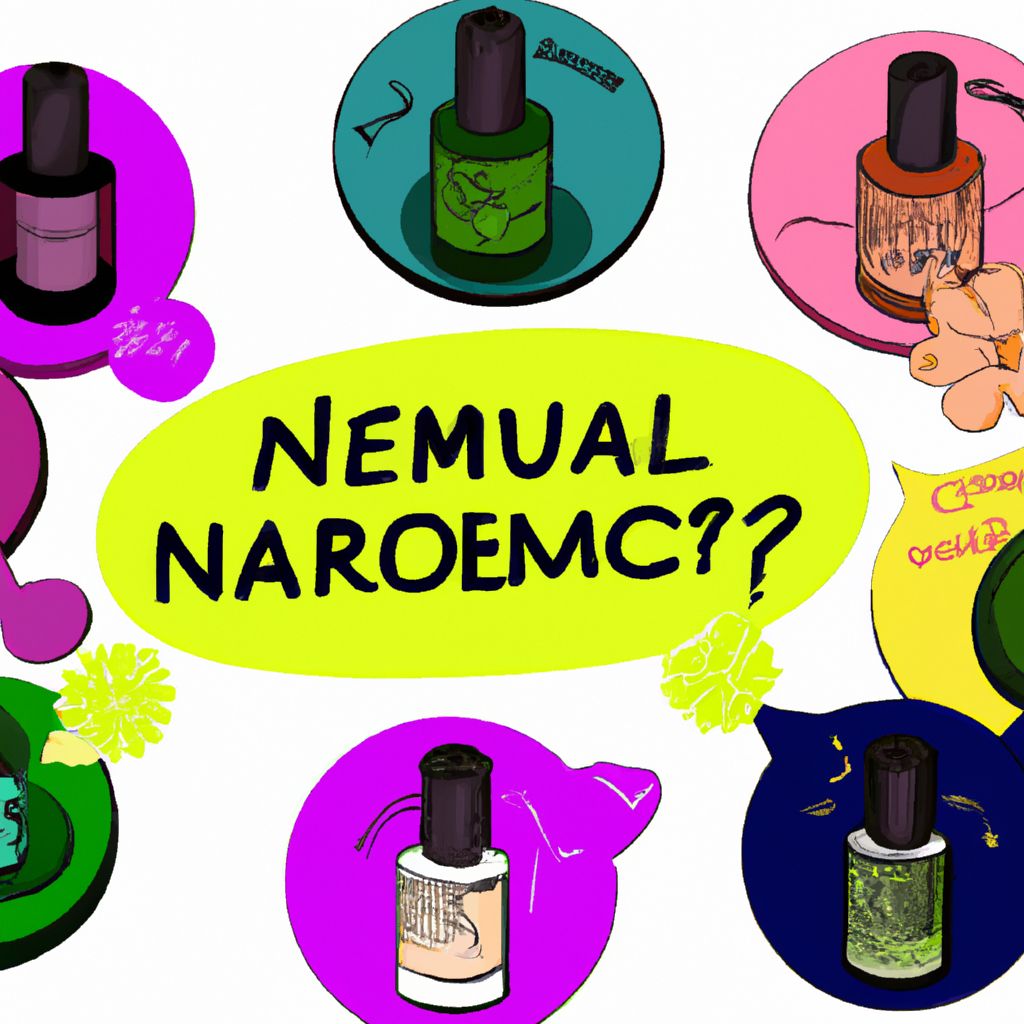
In this section, we'll address some of the most commonly asked questions about crafting natural perfumes. Whether you're a beginner or an experienced perfumer, you'll find useful information to help you on your fragrance-crafting journey.
1. What ingredients do I need to make my own natural perfume?
Typically, you'll need essential oils (for fragrance), a carrier oil (such as jojoba oil or sweet almond oil), and alcohol (such as vodka) to make your own natural perfume. You can also add distilled water to lighten the scent.
2. How long does homemade perfume last?
Depending on the ingredients used and how it's stored, homemade perfume can last anywhere from 6 months to a year. Keeping your perfume in a dark, cool place can help it last longer.
3. Can I use any essential oil in my perfume?
Yes, you can use any essential oil in your perfume. However, it's important to note that not all essential oils are safe for all skin types, and some might cause allergic reactions. Always do a patch test before applying a new essential oil to your skin.
4. How can I create different fragrance notes in my perfume?
Creating different fragrance notes involves using a combination of essential oils. Top notes are the initial scent you smell and evaporate quickly. Middle or heart notes give the perfume its main character, and base notes provide depth and longevity to the scent. Experimenting with different combinations of essential oils can help you create a unique and complex fragrance.
5. Can I sell the natural perfumes I make?
Yes, you can sell your homemade perfumes, but you need to comply with local and international regulations. Before selling your products, make sure they are safe for use, properly labeled, and meet all regulatory requirements.
Conclusion

In conclusion, making your own natural perfumes is a rewarding and creative process. It allows you to fully control the ingredients, making it a healthier choice, free from synthetic materials commonly found in commercial perfumes. Moreover, crafting your own fragrance lets you personalize it to your liking, making it truly unique and representative of your personality.
While the process of creating your own natural perfumes can seem complex initially, with a little patience and practice, you will soon master the art. Experiment with different essential oils, carrier oils, and alcohol bases to discover your unique combinations. Remember, the key to a perfect natural perfume is balance - knowing when an aroma is too strong or too mild, and adjusting accordingly.
Embrace the art of perfume making and embark on this enchanting journey of crafting your own fragrance. Whether you're making it for personal use or as a thoughtful gift for a loved one, natural perfumes are a beautiful expression of individuality and care. Happy creating!


